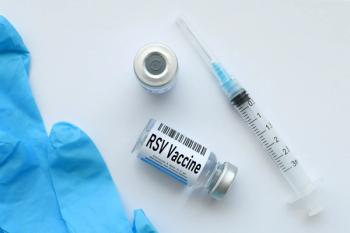
FDA Grants Marketing Approval to Urinary Prosthesis Device for Women
The FDA is permitting marketing of a replaceable urinary prosthesis for female adults with impaired detrusor contractility.
The FDA is permitting marketing of a replaceable urinary prosthesis for female adults with impaired detrusor contractility (IDC), a condition where patients are unable to spontaneously urinate due to insufficient bladder muscle contraction.
“The inFlow Intraurethral Valve-Pump device allows women with IDC to urinate without the need to catheterize daily or be attached to a urine drainage bag,” said William Maisel, MD, MPH, deputy director for science and chief scientist in the FDA’s Center for Devices and Radiological Health, in a press release. “This may allow for increased mobility and the ability to be more self-sufficient.”
IDC can result from significant neurologic disease or injury, such as stroke, multiple sclerosis, spinal cord injury, spina bifida, or diabetic neuropathy. The condition is typically managed with various types of catheters, including clean intermittent catheterization (CIC).
The inFlow device draws urine out to empty the bladder and blocks urine flow when continence is desired. After training by a physician, insertion and removal of the device can be performed by the patient or a caregiver. Each inserted component must be replaced at least once every 29 days.
The FDA granted marketing approval to the inFlow device based on non-clinical testing and a clinical trial that enrolled 273 women with IDC who were using CIC. Although over half of the women stopped using the inFlow device due to discomfort and urinary leakage, 98% of the 115 women who continued to use it had post-void residual urine volume that was comparable with those who used the CIC.
Adverse events associated with the device included asymptomatic bacteriuria, urinary tract infection (UTI), bladder inflammation, genitourinary pain, hematuria, urinary leakage around the device, urinary frequency/urgency, bladder spasms, and vulvar, vaginal, and urethral disorders. However, UTI appears to occur at a lower rate with the inFlow device compared to CIC, and among those treated with the inFlow device, UTIs were stable and easily managed with antibiotics.
Newsletter
Stay informed on drug updates, treatment guidelines, and pharmacy practice trends—subscribe to Pharmacy Times for weekly clinical insights.






































































































































































































